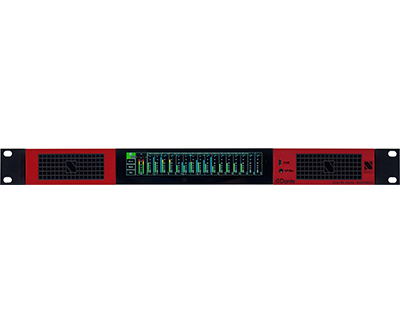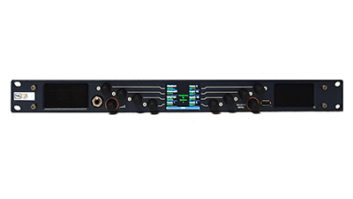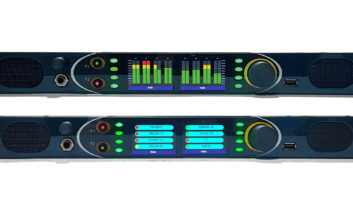Nixer Pro Audio has updated its RL64 AoIP monitoring and mixing engine for use in IP-based outside broadcast trucks and flypacks.
The engine has been designed to work across both Dante and Ravenna IP-based networks, with models designed for both. The RLC64 Ravenna is also NMOS IS-04 and IS-05 compliant to enable device discovery and connection management across a variety of IP endpoints.
Both models are capable of creating a mix of up to 67 input sources in advanced broadcast workflows, said the company.

The RLC64 can create a mix of up to 64 x channels over a 1Gb AoIP connection, while an additional 2 x AES inputs and 3.5mm mic providing a total of 67 x input sources. Its mix mode allows for panning and level control on every channel, which can be configured as mono or stereo, while the main output has a 3-band EQ and Limiter.
With switchable metering between EBU or SMPTE standards, audio monitoring can be accessed via the RLC64’s integral full range drivers, a 3.5mm headphone socket or AES outputs via XLR connectors, added the company. Supporting multiple sample rates across 44.1kHz, 48kHz, 88.2kHz and 96kHz for maximum interoperability, the device also features full redundant power connectivity across a DC input socket or PoE on the primary RJ45 connector.
“As our customers migrate to IP infrastructures, they need reliable and proven equipment that integrates seamlessly into their existing spaces – especially when it comes to fixed install and OB retrofits,” says Nick Fletcher, founder and CEO of Nixer Pro Audio. “Our RLC64 Ravenna does exactly that. Because it is fully AES67 and ST 2110 compliant, and with its NMOS integration, the unit provides wider interoperability between vendors to minimise manual stream configuration.”







